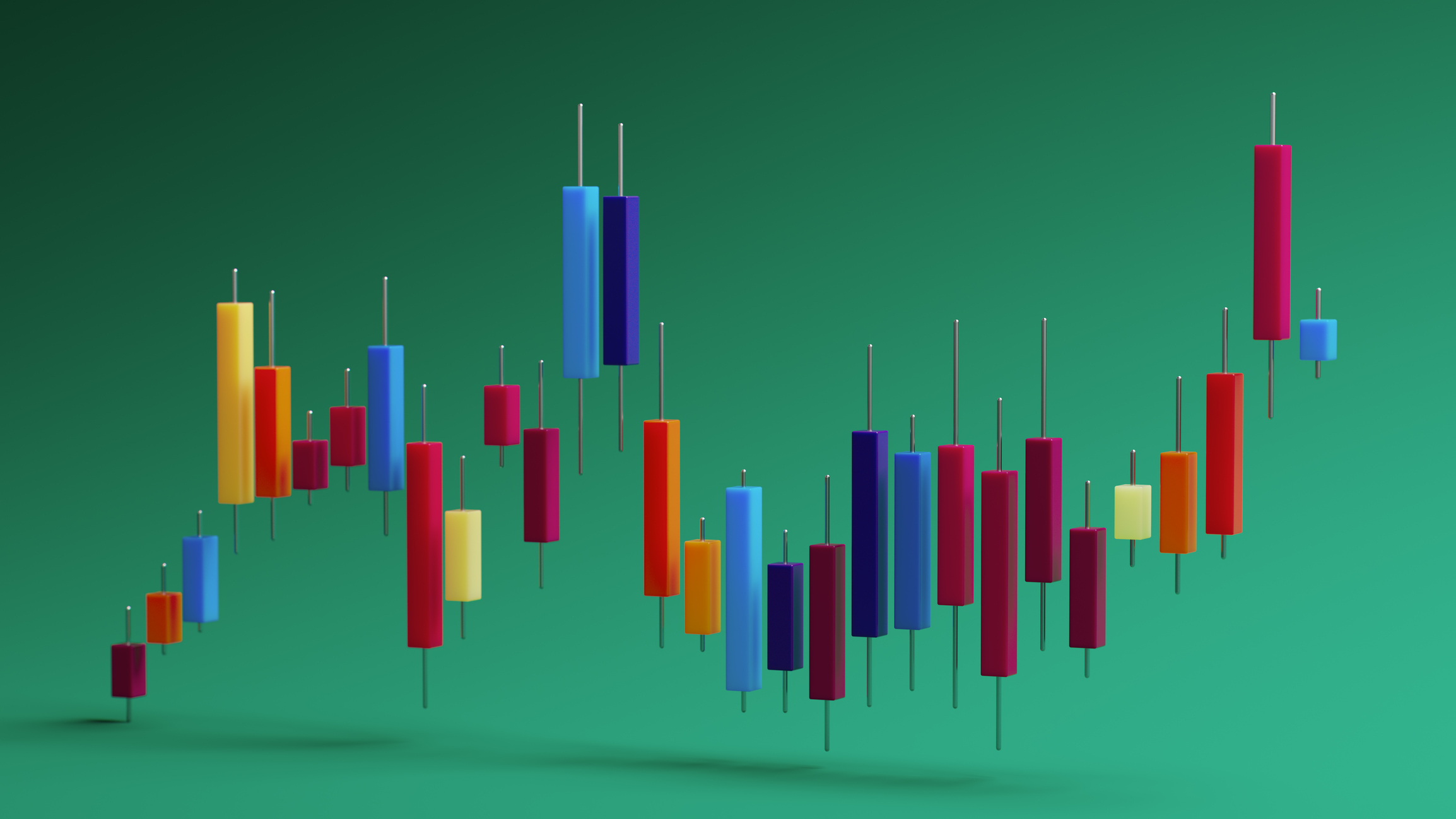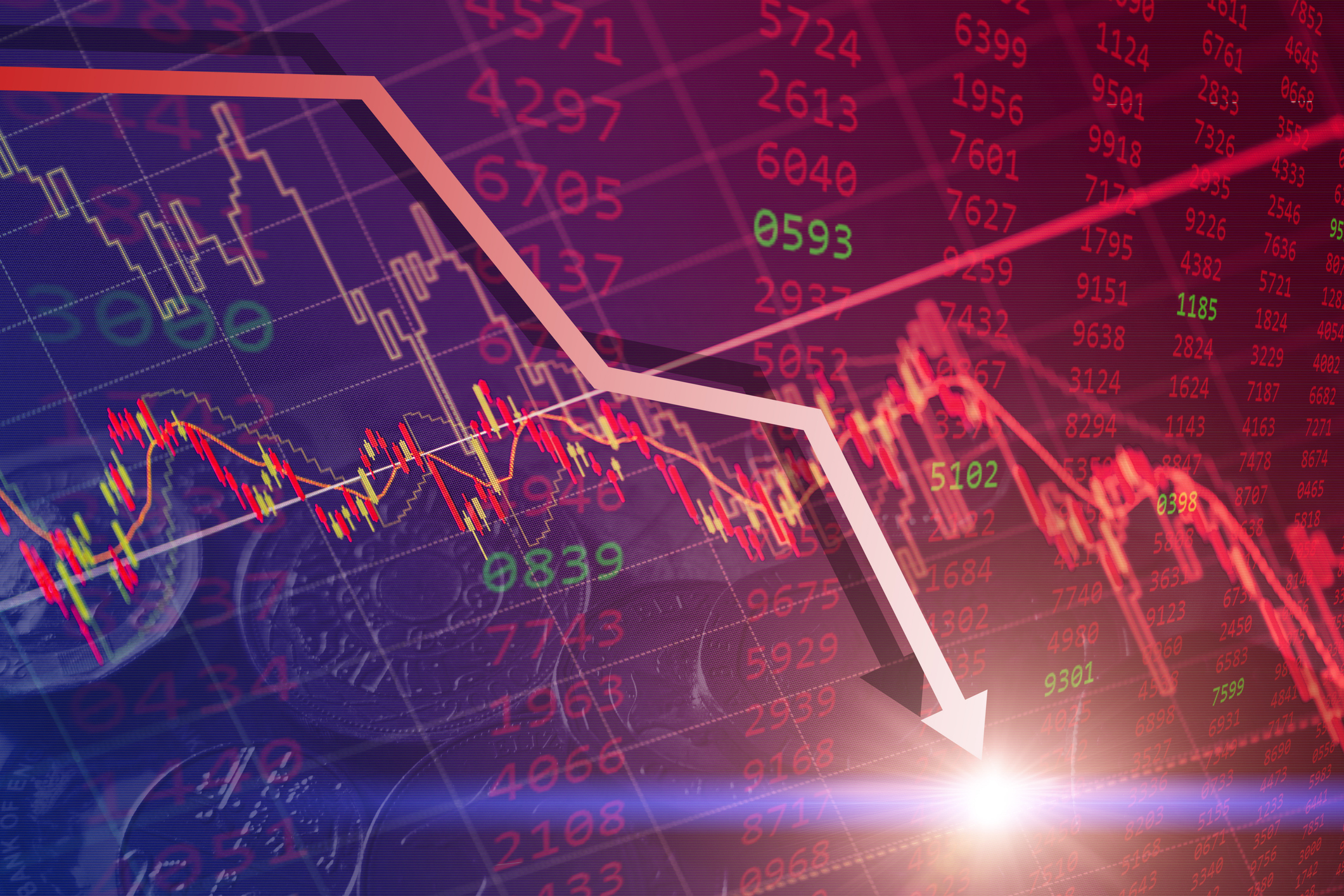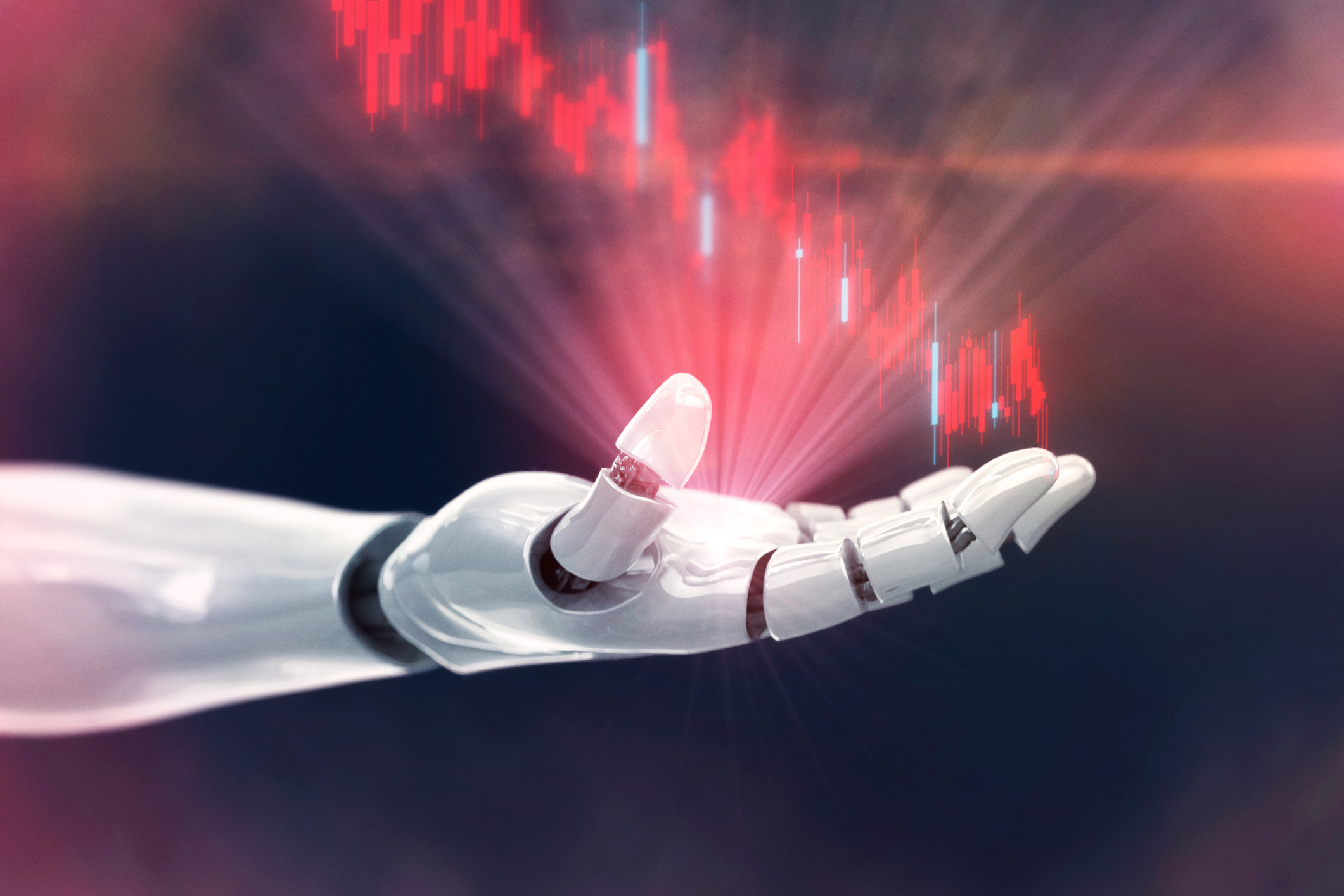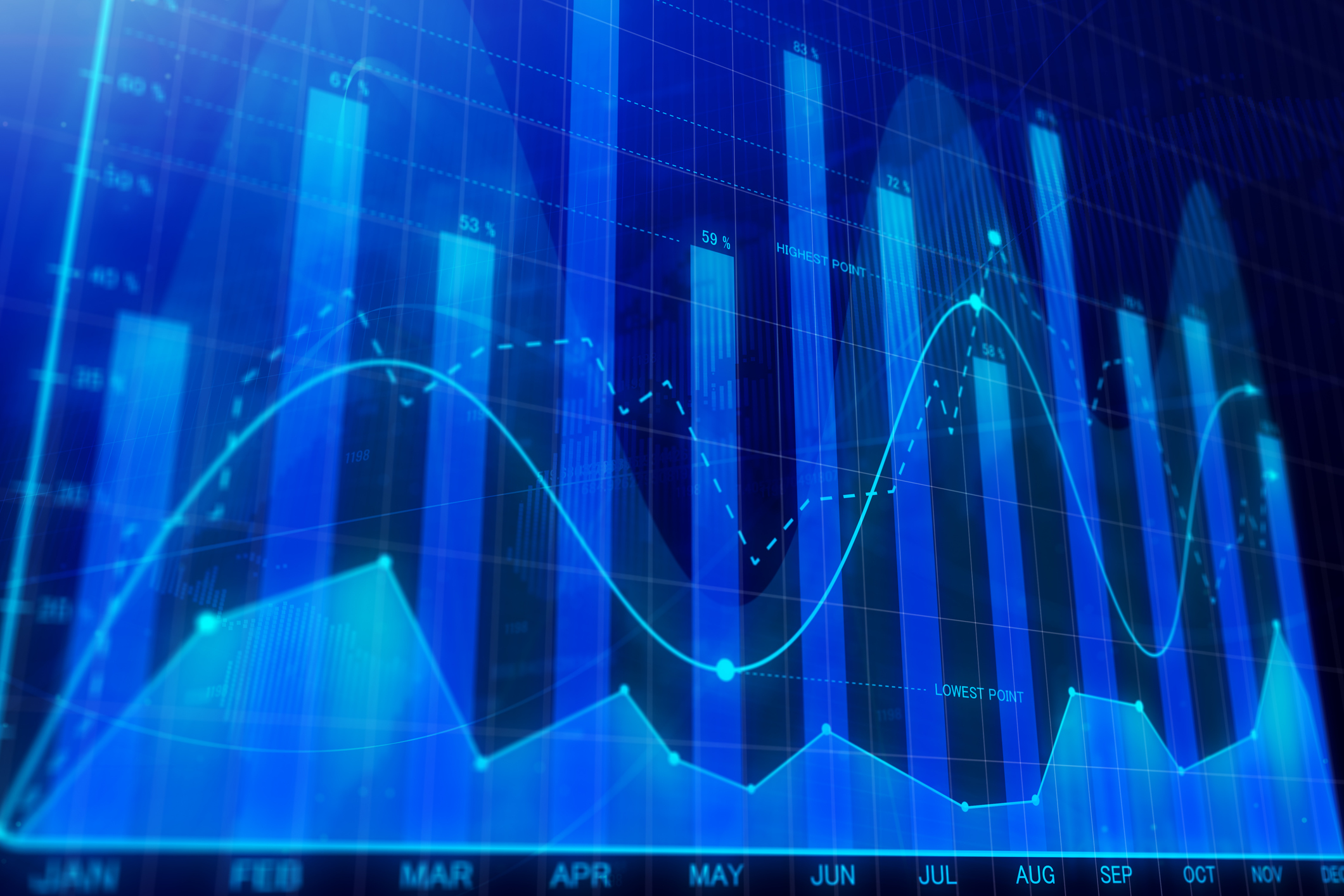6 Cash-Rich Stocks to Buy Now
These six companies are loaded, giving them flexibility and staying power.

Editor's note: This story has been updated since its original publication in the August issue of Kiplinger's Personal Finance magazine.
Is cash king, or is cash trash? If you’re an investor, the question has never been so pertinent or pervasive. Dozens of major corporations reacted to the recession the same way consumers did: They started paying off debts and building up cash reserves. The industrial companies in Standard & Poor’s 500-stock index are now sitting on a record stockpile, estimated at $963 billion, according to S&P.
SEE THIS STORY IN SLIDES: 6 Cash-Rich Stocks to Buy Now
From just $107.88 $24.99 for Kiplinger Personal Finance
Become a smarter, better informed investor. Subscribe from just $107.88 $24.99, plus get up to 4 Special Issues

Sign up for Kiplinger’s Free Newsletters
Profit and prosper with the best of expert advice on investing, taxes, retirement, personal finance and more - straight to your e-mail.
Profit and prosper with the best of expert advice - straight to your e-mail.
This situation presents tremendous opportunities but also enormous challenges. Experts say that investors’ fortunes could be made or broken depending on how the companies handle their cash. “You have to look at each company individually and figure out what they’re going to do with their treasure trove,” says Mark Boyar, principal at Boyar’s Intrinsic Value Research, in New York City. “Some companies will squander the money. Others will use it to significantly improve their performance.”
Gigantic cash hoards have become important for several reasons. First, cash gives companies staying power and flexibility. Sitting on billions of dollars of easy-to-access capital gives them the potential to start or boost dividends, buy back shares, and turbocharge future growth by purchasing other companies or investing in new facilities, technology and brainpower. But in today’s low-interest-rate environment, cash can also be a negative for companies -- and by extension, their investors -- because it doesn’t generate much income.
With that in mind, many savvy money managers are scrutinizing cash-rich companies, trying to find the relative handful that have the capital and the expertise to use their money wisely. It’s not an easy analysis. Some experts, for example, say they’ve been nervously picking up shares of the nation’s fattest cash cow, Microsoft Corp. (symbol MSFT), which is sitting on a stockpile of nearly $53 billion.
Why nervously? The stock looks cheap, selling for 10 times estimated earnings for the fiscal year that ends in June 2012 (share prices and related data are through August 1). But Microsoft also has a sorry history when it comes to deploying its assets, spending billions on ill-fated products such as the forgettable Zune music player, for example, and making disappointing acquisitions, including the $6 billion purchase of aQuantive in 2007. Now Microsoft is getting ready to spend $8.5 billion on Skype, the Internet phone service. “There seems to be universal agreement that Microsoft overpaid,” says John Osterweis, co-manager of Osterweis Fund. “But if Skype makes sense strategically, it is going to turn out to be very wise.” The bottom line: Although a large number of savvy bargain hunters own Microsoft, even some of those who hold the shares are reluctant to recommend them.
The following six companies, by contrast, get the nod because they are not only cash-rich but have executives who know what to do with all that moolah. Plus, their stocks are relatively cheap.
Surprising i-Bargain
Shares of Apple (AAPL) may have more than quintupled since January 2009, but they’re still a deal. Benefiting from blistering sales of its iPhones and iPads, Apple has generated such rapid profit growth that its stock sells for just 15 times estimated earnings for the year ahead. “When you look at how profitable Apple is and the earnings and cash flow it is generating, it is not expensive at all,” says James Ragan, an analyst at Crowell, Weedon & Co. in Los Angeles.
For a company of its size, Apple’s growth has been nothing short of stunning. Sales rose 52% and earnings soared -- up 70% in the year that ended last September. Analysts expect profits to jump 82% in the current fiscal year, due in part to the iPad, the most successful consumer-product launch in history. Apple’s 327 retail stores -- airy shops where consumers can test, repair and buy products -- generate annual sales of $43 million, on average. To put that in perspective, a typical Home Depot, which is more than ten times the size of an average Apple store, does $30 million in revenue, says Ragan. According to a recent filing with the Securities and Exchange Commission, Apple will put some of its more than $76 billion in cash (including long-term investments) to work by adding 50 stores over the next year. But there is no indication that Apple plans on paying a dividend anytime soon.
Meanwhile, the poor health of CEO Steve Jobs weighs heavily on the stock. The shares have mostly meandered since Jobs, widely believed to be Apple’s creative genius, went on medical leave in mid January. But the risk of a Jobs-less Apple is one that Joe Milano, manager of T. Rowe Price New America Growth Fund, is willing to take. “I’m still buying,” he says. Analyst Ragan believes the shares will trade at $450 within a year. (For our most recent take on the stock, see Apple: A Slice of Every Portfolio.)
Active Drug Giant
If you want a company that’s hitting all the marks on deploying its cash, look no further than Bristol-Myers Squibb (BMY). Last year, the New York City–based drug giant retired $750 million in debt, hiked its payout by 3%, initiated a $3 billion stock-buyback program and bought ZymoGenetics, a biotechnology firm. That’s helped boost the stock by some 40% over the past two years. By itself, that’s not bad. But it’s even better when combined with Bristol’s generous annual dividend of $1.32 per share, which at today’s share price equates to a 4.7% yield.
Loss of patent protection for key products is an important issue for Big Pharma, and Bristol-Myers is no exception. Some investors worry that the loss of exclusivity for such drugs as the blockbuster blood thinner Plavix, which goes off-patent at the end of this year, will stunt Bristol’s growth. But Boyar says the company has prepared for the loss of sales by instituting a $2.5 billion cost-cutting program and spinning off its infant-nutrition, wound-care and medical-imaging businesses so that it can focus exclusively on new drug development.
Bristol now has five drugs in the works that Boyar believes could eventually generate some $6 billion in annual sales, a bit less than the $6.7 billion that Plavix contributes annually. Among those five is another blood thinner, called Eliquis, which regulators in the European Union have approved for sale, and a melanoma inhibitor, called Yervoy, that officials in both the U.S. and Europe have okayed. To be sure, drug development can be a risky business, but Brisol has plenty of cash to feed the dividend and develop new products, and Boyar thinks investing in the company is a risk worth taking.
The Glassmaker Is Half-Full
Corning Inc. (GLW) was a highflier during the dot-com boom. The upstate New York-based glassmaker saw its stock trade at more than $100 a share in 2000, on a split-adjusted basis, largely because of its fiber-optic business. At the time, telecommunications behemoths such as Global Crossing and WorldCom were promising to rewire the world for high-speed data transmission. But as the fiber-optic revolution faltered and telecoms descended into bankruptcy, the bulk of Corning's business evaporated almost overnight. Its stock price plunged below $2 in 2002, and the 160-year-old company found itself on death’s door.
Since then, Corning has been revitalized, in large part by the surge in consumer demand for LCD televisions and mobile devices. In 2006, the company patented lightweight and durable “Gorilla Glass,” which is now being used in smart phones made by the likes of LG, Motorola, Nokia and Samsung. It’s accounting for $240 million in annual sales and rising. UBS analyst Nikos Theodosopoulos predicts that Gorilla Glass will become the choice of mainstream TV buyers by 2012, too. Corning’s 2010 sales came in at $6.6 billion, up 23% year-over-year.
Yet earnings are suffering this year because raw-material costs rose rapidly and the company was unable to pass on the price hikes to its customers. Corning expects that pricing pressure to moderate, but not go away, in the coming year. In addition, the company paid a higher tax rate, partly because it wanted to repatriate some of the cash it earned overseas.
Theodosopoulos thinks that the earnings decline will be short-lived. He’s expecting a 9% rise in earnings in 2012 and another modest increase in 2013. In the meantime, Corning is selling for $15.63 a share -- about eight times earnings -- and pays a 20-cent annual dividend, for an additional 1% yield. Corning ended 2010 with $6.4 billion in cash, which it says will help fund internal expansion and research and development. The company might even consider an acquisition, says spokesman Dan Collins, though he didn’t tip his hand with any specifics.
Undervalued Web Star
It’s taken only 13 years for Google (GOOG) to move from being an oddly named Internet search firm to becoming a verb -- as in, “just google it” -- and an advertising giant. The Mountain View, Cal., company now has its fingers in display, key-word and mobile advertising, as well as mobile-phone development, Web browsers and a bevy of “cloud computing” tools that allow you to keep track of your calendar, e-mail and finances on the Internet regardless of where you are. In 2010, revenues rose 24%, to $29 billion, and profits climbed 30%, to $8.5 billion.
It’s little wonder that the company was an investment rock star for years, only going punk in 2007 when the recession hit and threatened advertising sales. The stock was hit again in May, when Google restated first-quarter earnings, issuing a cryptic note about a Justice Department investigation that caused the company to set aside $500 million and cut reported income to $1.8 billion.
Meanwhile, Google is flush with cash (more than $35 billion of it) and added to its coffers recently by issuing $3 billion in bonds at ultra-low interest rates. The firm won’t detail what it plans to do with all the scratch, although it says in a securities filing that it plans “significant” capital outlays. Rebuffed in its attempt to buy Groupon last fall, Google has launched its own coupon service, called Google Offers.
The stock, as high as $740 in 2007, now trades at $606.77, or 17 times estimated 2011 earnings. The average price-earnings ratio for Google’s peers is 20. The stock has been depressed lately because of both the mysterious Justice Department probe and the company’s decision to shuffle its management team. But the strength of Google’s core business can’t be ignored. Once the market realizes that all is well in Mountain View, says Canaccord Genuity analyst Heath Terry, the stock could soar to $800.
Disrespected Chip Legend
Ah, fickle fate. A decade ago, all Wall Street could talk about was the dominance of the personal computer as the gateway to the Web. That caused semiconductor and software stocks to soar into the stratosphere, from which they’ve slowly slipped back to earth. Today, Wall Street’s story is that the PC is dead and merely waiting to be buried. That’s led to depressed values for a variety of once-hot stocks, including Intel (INTC), the chip giant whose microprocessors serve, with Microsoft’s Windows operating systems, as half of the “Win-tel” axis that drives multitudes of PCs.
But Stacy Smith, Intel’s chief financial officer, says that rumors of the company’s demise have been greatly exaggerated. In a recent webcast for analysts, Smith contended that the Santa Clara, Cal., company’s future has never been brighter. The explosion in electronic devices, from the ones you hold in your hand to those that connect to the Internet from your car, is fueling robust demand for Intel’s chips. The company is using part of its $7.7 billion pile of cash to invest in research and development to keep competitive in a world where a growing amount of computing is being performed on smart phones and hand-held devices. “One of the luxuries of being such a large and profitable company is that we can make these critical investments,” Smith said. Intel is also buying back shares, and the company boosted its quarterly dividend by 16% in July.
Intel’s stock, two-thirds below where it traded in 2000, looks cheap. It trades at nine times estimated 2011 earnings, and it yields 3.8%, unusually high for a technology company. “Intel has a great balance sheet and well-managed businesses that are just not in vogue right now,” says Boyar.
Recovering Health Giant
You need only look in your medicine cabinet to get a sense of Johnson & Johnson’s reach. You might find its baby oil, as well as its Aveeno, Neutrogena, Lubriderm, Tylenol, Sudafed, Motrin IB and Pepcid AC brands. But consumer-product sales make up less than one-third of J&J’s business today. Pharmaceuticals and medical devices now account for $47 billion of the New Brunswick, N.J., company’s $62 billion in annual sales.
That’s one reason J&J (JNJ) rates as one of John Osterweis’s top picks. The company’s executives “have proved their ability to manage their cash with great tactical and strategic acquisitions over and over again,” he says. A few years ago, the company bought Pfizer’s consumer-products division, which gave J&J a stronger position on drugstore shelves. A recent deal to buy Synthes for $21.3 billion will make Johnson & Johnson a market leader in trauma products and orthopedics, too. J&J is using its stock and a bit less than one-third of its cash stash to finance the purchase. The deal leaves J&J with plenty of cash for research and development and more acquisitions.
J&J shares rallied following news of the purchase, but they have mostly lagged the stock market since the March 2009 bottom. Through August 1, J&J shares returned 45.0%, compared with 97.7% for the S&P 500 index. One of J&J’s problems has been quality-control issues at its McNeil Consumer Healthcare unit that resulted in massive recalls and a reprimand from the Food and Drug Administration. But fund manager Osterweis sees that as a temporary problem. Meanwhile, J&J shares yield a healthy 3.5%.
SEE THIS STORY IN SLIDES: 6 Cash-Rich Stocks to Buy Now
Profit and prosper with the best of Kiplinger's advice on investing, taxes, retirement, personal finance and much more. Delivered daily. Enter your email in the box and click Sign Me Up.

-
 CD Maturing Soon? Here's What to Do Next
CD Maturing Soon? Here's What to Do NextThese strategies of what to do when you have a CD maturing soon will have you maximizing returns even with rate cuts.
-
 How to Make 2026 Your Best Year Yet for Retirement Savings
How to Make 2026 Your Best Year Yet for Retirement SavingsMake 2026 the year you stop coasting and start supercharging your retirement savings.
-
 You Saved for Retirement: 4 Pressing FAQs Now
You Saved for Retirement: 4 Pressing FAQs NowSaving for retirement is just one step. Now, you have to figure out how to spend and maintain funds. Here are four frequently asked questions at this stage.
-
 Cooler Inflation Supports a Relief Rally: Stock Market Today
Cooler Inflation Supports a Relief Rally: Stock Market TodayInvestors, traders and speculators welcome much-better-than-hoped-for core CPI data on top of optimism-renewing AI earnings.
-
 Nasdaq Sinks 418 Points as Tech Chills: Stock Market Today
Nasdaq Sinks 418 Points as Tech Chills: Stock Market TodayInvestors, traders and speculators are growing cooler to the AI revolution as winter approaches.
-
 AI Stocks Lead Nasdaq's 398-Point Nosedive: Stock Market Today
AI Stocks Lead Nasdaq's 398-Point Nosedive: Stock Market TodayThe major stock market indexes do not yet reflect the bullish tendencies of sector rotation and broadening participation.
-
 Dow Rises 497 Points on December Rate Cut: Stock Market Today
Dow Rises 497 Points on December Rate Cut: Stock Market TodayThe basic questions for market participants and policymakers remain the same after a widely expected Fed rate cut.
-
 Crypto Trends to Watch in 2026
Crypto Trends to Watch in 2026Cryptocurrency is still less than 20 years old, but it remains a fast-moving (and also maturing) market. Here are the crypto trends to watch for in 2026.
-
 Dow Slides 427 Points to Open December: Stock Market Today
Dow Slides 427 Points to Open December: Stock Market TodayThe final month of 2025 begins on a negative note after stocks ended November with a startling rally.
-
 If You'd Put $1,000 Into Coca-Cola Stock 20 Years Ago, Here's What You'd Have Today
If You'd Put $1,000 Into Coca-Cola Stock 20 Years Ago, Here's What You'd Have TodayEven with its reliable dividend growth and generous stock buybacks, Coca-Cola has underperformed the broad market in the long term.
-
 If You Put $1,000 into Qualcomm Stock 20 Years Ago, Here's What You Would Have Today
If You Put $1,000 into Qualcomm Stock 20 Years Ago, Here's What You Would Have TodayQualcomm stock has been a big disappointment for truly long-term investors.